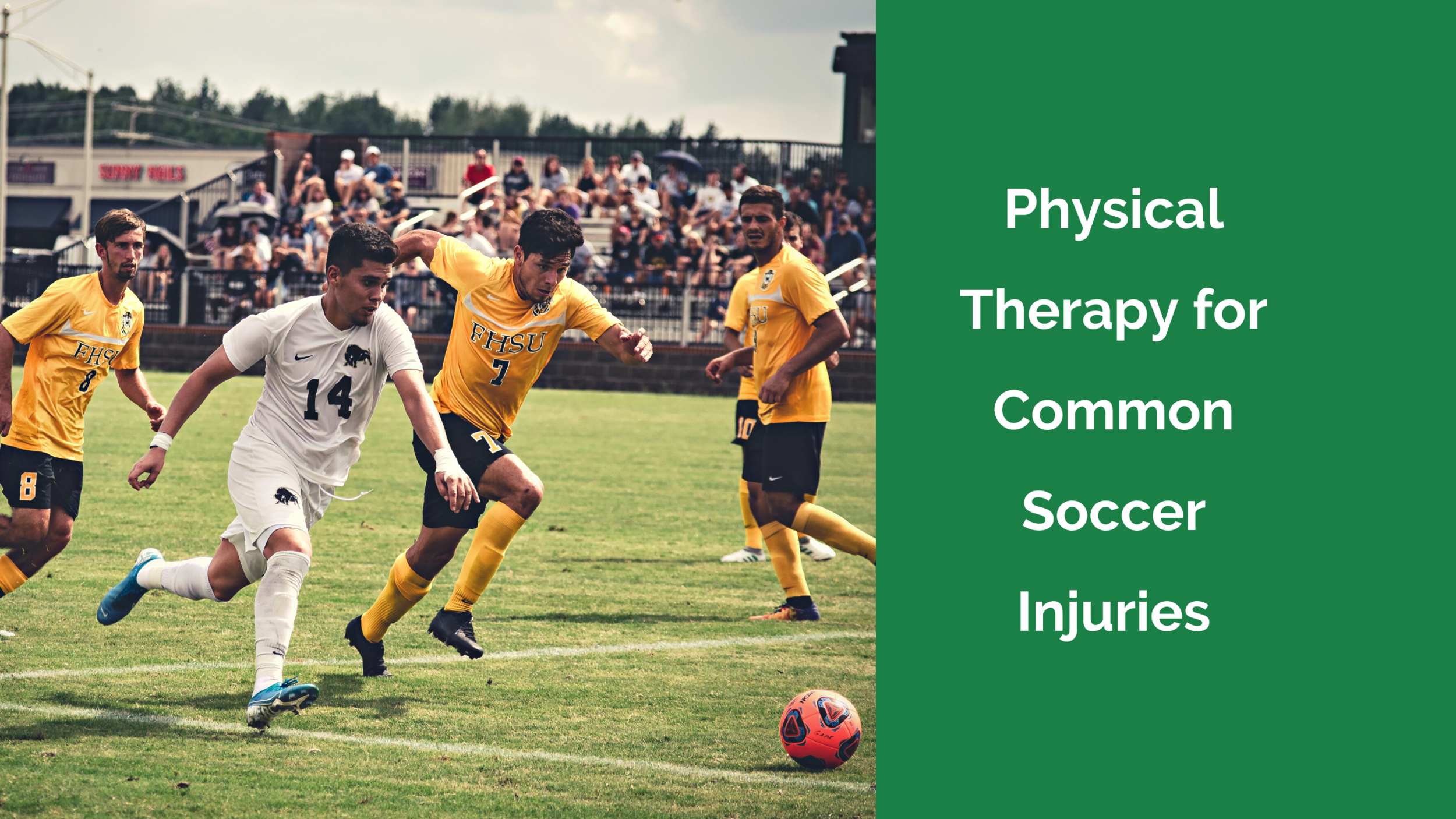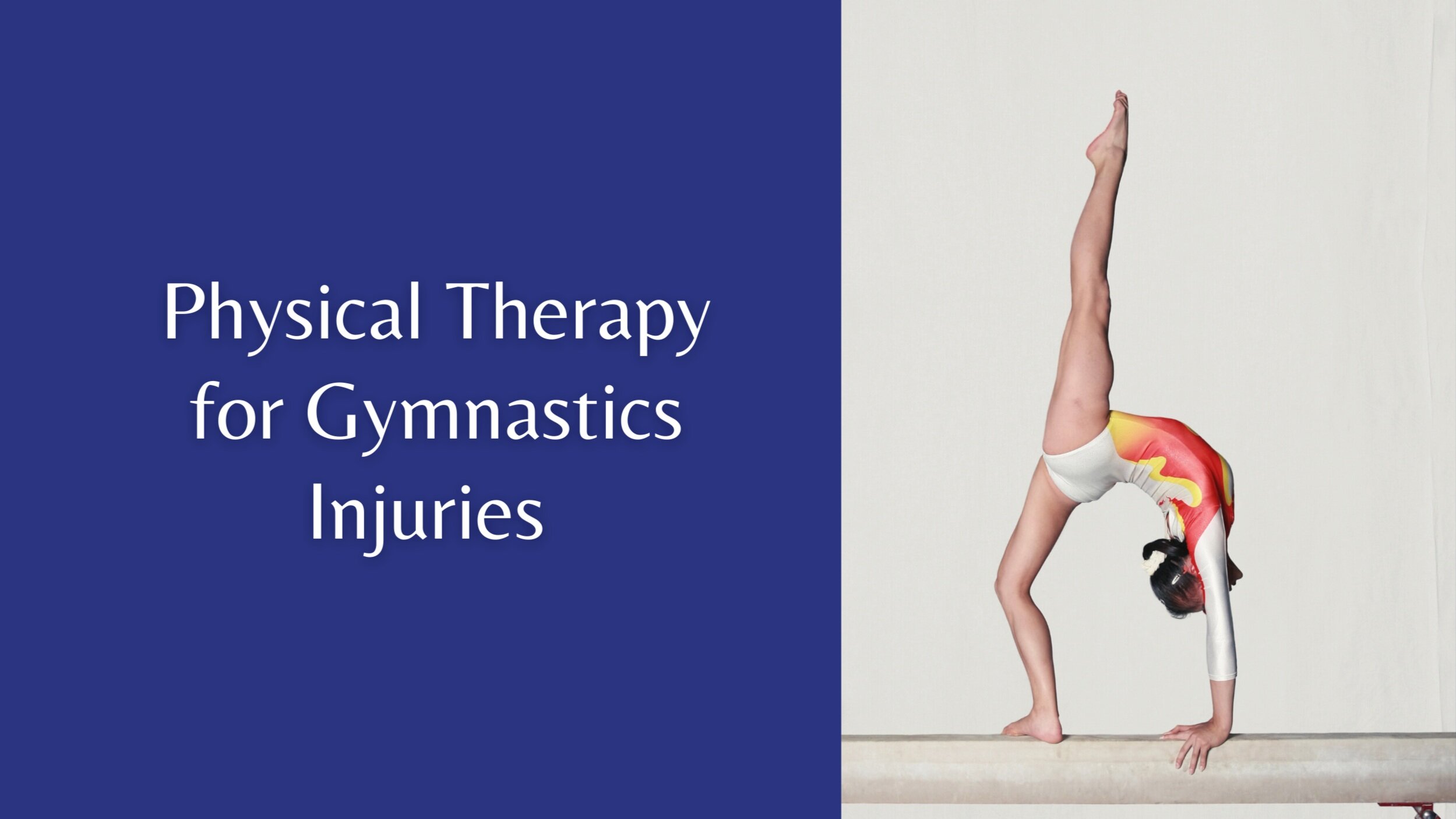Mangiarelli Rehabilitation Physical Therapy Blog
Physical Therapy for Knee Osteoarthritis
On World Arthritis Day, we are explaining physical therapy treatment for knee osteoarthritis. Knee osteoarthritis is a degenerative joint disease characterized by knee pain, stiffness, and decreased strength. Physical therapists can help to reduce knee osteoarthritis symptoms, slow the progression of the disease, and create a customized, comprehensive program of exercise and manual therapy to help knee osteoarthritis patients move safely and improve function, strength, and range of motion in the knee joint.
15 Physical Therapy Myths: Debunked
In honor of National Physical Therapy Month, we are debunking 15 common myths about physical therapy on the blog. October is a month to celebrate and recognize the dedication of each of our physical therapists and physical therapy assistants at Mangiarelli Rehabilitation. Our focus is providing patient-centered, evidence-based physical therapy treatment customized to each patient’s specific condition. However, there are a number of misconceptions about physical therapy and what physical therapists do that we address and explain today!
Hamstring Strengthening Exercises
Hamstring injuries are one of the most common sports injuries, particularly in sports requiring high speed, agility, and explosive power. The hamstring muscles are critical for lower body movement, bending the knee to run and jump and controlling actions such as kicking. Preventing hamstring injury is essential and can be achieved through a targeted strengthening program. On the blog, Mangiarelli Rehabilitation physical therapist Mike demonstrates exercises you can do to strengthen your hamstring muscles.
Physical Therapy for Common Soccer Injuries
Soccer is an incredibly popular sport with over 13 million Americans playing soccer, three million of whom are youth soccer players. Due to the intensity of soccer’s kicking, sprinting, fast changes in direction, and contact and the increase in year-round competition, both traumatic and overuse injuries can occur. Most soccer injuries occur in the lower extremities, particularly to the ankle, knee, and hamstrings. Physical therapists can help soccer players recover from injury safely through a comprehensive rehabilitation program.
What is Work Conditioning and What Are Its Benefits?
Work conditioning is a customized program for the injured worker designed to help the worker regain strength, mobility, motor control, aerobic capacity, and functional skills to safely return to work. Upon completion of the work conditioning program, the physical therapist conducts a functional capacity test to determine the injured worker’s readiness to return to work. Work conditioning reduces the risk of a worker’s re-injury and provides the worker and employer the confidence that the worker can make a safe, sustainable return to work.
Tips to Avoid Autumn Raking Injuries
The season of autumn brings spectacular fall foliage. However, once the vibrant beauty of the colorful leaves fades, we are left with the job of raking and bagging enormous amounts of leaves. Weekly leaf raking can take a toll on your body, particularly if you are engaging in incorrect biomechanics that strain your back, neck, and shoulders. Check out our tips to help you avoid injury when raking this fall!
10 Most Common Myths About Knee Pain
Is it Fact or Fiction? Our latest blog debunks the 10 most common myths about knee pain. Knee pain is one of the most common orthopedic conditions that lead patients to seek physical therapy. Physical therapy provides a safe, non-invasive, and effective way to reduce knee pain, improve mobility and strength, and restore function to the knee.
10 Tips to Prevent Cheerleading Injury
Check out our 10 tips to prevent injury during cheerleading. Cheerleading involves intense gymnastics tumbling, partner stunts, lifts, and tosses. The physical demands of cheerleading contribute to injuries to the ankle, wrist, shoulder, knee, back, neck, and head. Physical therapists can help cheerleaders not only safely heal from an injury sustained during cheerleading, but also help prevent injury through a targeted conditioning and strengthening program.
#PainAwarenessMonth: Physical Therapy for Chronic Pain
September is #PainAwarenessMonth. While pain is an important survival mechanism to protect an injured area of the body, chronic pain is persistent pain that lasts beyond the normal healing process. Chronic pain develops when the nerves that communicate pain to the brain become hypersensitive, causing the brain to perceive that area of the body as a potential threat and therefore painful. Physical therapy offers safe and effective treatment for chronic pain, reducing pain and improving mobility, strength, and function.
Choose Physical Therapy for Safe Pain Management
Physical therapy is a safe and effective alternative to manage pain and reduce the use of opioids. Over the last two decades, opioid prescription rates have quadrupled. Opioids pose a significant risk with serious side effects like depression, addiction, and possible overdose. In 2016, the CDC recommended physical therapy and prescribed exercise as a safe alternative to managing long-term pain and preventing opioid use and addiction.
Exercises to Stabilize and Strengthen Your Shoulder
Mangiarelli Rehabilitation physical therapist, Sarah, demonstrates three exercises you can do to stabilize and strengthen your shoulder. The shoulder is a complex joint that allows for a significant amount of mobility and is stabilized by the surrounding shoulder musculature on and around the shoulder blade. Shoulder instability involves increased laxity of the shoulder joint in which the joint can “slip” in and out of the socket. A physical therapist can address shoulder instability and increase shoulder strength and stability through an exercise program that targets the rotator cuff muscles, scapular muscles, and lower and upper back muscles.
8 Tips for Back-to-School Ergonomics [Infographic]
Check out our latest infographic with 8 Tips for Back-to-School Ergonomics! Carrying a school backpack can have significant biomechanical, physiological, and discomfort impacts on the wearer and can contribute to neck, back, and shoulder pain. Learn how to address body mechanics, posture, and the proper use of school-related equipment to protect students’ necks, shoulders, and backs from pain or injury with our back-to-school ergonomics tips!
Physical Therapy for Volleyball Injuries
Volleyball is a dynamic sport that requires a high level of repetitive overhead motion and dynamic power and control, placing a great deal of stress on the shoulders, knees, and ankles. The most common volleyball-related injuries include ankle sprains, patellar tendinitis, ACL injuries, and rotator cuff tendinitis. A physical therapist can treat each of these injuries and help the athlete regain strength, range of motion, and mobility in the injured area for a safe return to sport. Physical therapists also help volleyball players prepare for a successful volleyball season and prevent injury through a comprehensive training program.
Tips to Minimize Your Risk of ACL Injury
Check out our tips to minimize your risk of ACL injury! Preventing ACL injury saves an athlete from physical trauma, an interrupted sports season, and intensive rehabilitation. ACL injuries are most common in sports that involve pivoting, landing, and sudden changes in direction. Sports medicine physical therapists can design ACL injury prevention programs for athletes that include strengthening exercises, balance and agility drills, and jumping and landing technique training
Preventing Cross Country Injuries
Check out our 8 tips to prevent cross-country injuries! Cross country is an outdoor endurance sport that involves running along a trail of natural terrain. The repetitive impact of running on irregular natural terrain can heighten the risk of injury in cross-country runners. Following a training regimen that incorporates cross-training and targeted strengthening plays a crucial role in preventing cross country injuries during the season. A physical therapist can not only effectively treat any injuries that occur, but also help cross country runners prepare for a successful season through a customized exercise program.
Biceps Tendinitis Infographic
Biceps tendinitis is a common cause of shoulder pain that occurs when the biceps tendon becomes irritated and inflamed due to repetitive overhead movements. Biceps tendinitis is associated with sharp pain in the front of the shoulder. Physical therapy offers effective treatment for biceps tendinitis to manage pain and restore range of motion, strength, and mobility to the shoulder joint. Check out our infographic to learn more!
Physical Therapy for Herniated Discs
Physical therapy is the first-line treatment for herniated discs. A herniated disc occurs when the outer ring of the intervertebral disc of the spine is torn, allowing the gelatin-like core to leak which irritates and compresses nearby nerves. This can cause radiating pain, weakness, numbness, and loss of sensation in the back, leg, neck, and shoulder. Physical therapists help those with a herniated disc relieve pain and restore function through strengthening exercises, manual therapy, and posture training.
Physical Therapy for Gymnastics Injuries
Gymnastics is an incredibly demanding sport that requires extreme strength, power, flexibility, and mobility of the entire body. Due to the extraordinary physical demands, high impact forces on the body, and rigorous training schedule of the sport, acute and overuse injuries can occur, most commonly in the ankle, knee, wrist, elbow, and low back. Physical therapists work closely with gymnasts to restore function, mobility, strength, and flexibility after an injury, ensure a safe return to sport, and prevent recurrent injuries.
Physical Therapy for Hip Labral Tears
A hip labral tear involves the hip labrum separating or pulling away from the hip socket. Hip labral tears can result from direct trauma to the hip joint but are most common due to repetitive stress on the hip, such as in soccer, hockey, and long-distance running. Physical therapy plays an important role in addressing hip labral tear symptoms and maximizing the hip’s strength and mobility through manual therapy, therapeutic exercise, and progressive strengthening program.
Physical Therapy for Sacroiliac Joint Dysfunction
Sacroiliac joint dysfunction involves pain and altered function in the sacroiliac joints of the pelvis and is often associated with low back pain. The sacroiliac joint absorbs shock placed on the lower body to reduce pressure felt in the lower spine. Physical therapy is an essential component of sacroiliac joint dysfunction rehabilitation, reducing pain and restoring normal pelvic symmetry through therapeutic exercise and manual therapy.











![8 Tips for Back-to-School Ergonomics [Infographic]](https://images.squarespace-cdn.com/content/v1/5e419cdc97af032560004b99/1629736011350-86ISLZKCLQRXWH27EJS3/Blog+BTS+Ergo+Infographic.png)



















